Traditional Cheese Making at Rustic Romanian Sheepfold From The Region of Bucovina
Many sheepfolds in Romania continue to produce cheese in a traditional manner. The cheese making process is just input from various bacteria. The hard work goes into raising the sheep. In the village of Iaslovăț, Suceava County, sheep farmers George Coajă and his son, Ion, keep a flock of 400 sheep for milk.
Similar: Smoked Cheese Made in the Carpathian Mountains – VIDEO
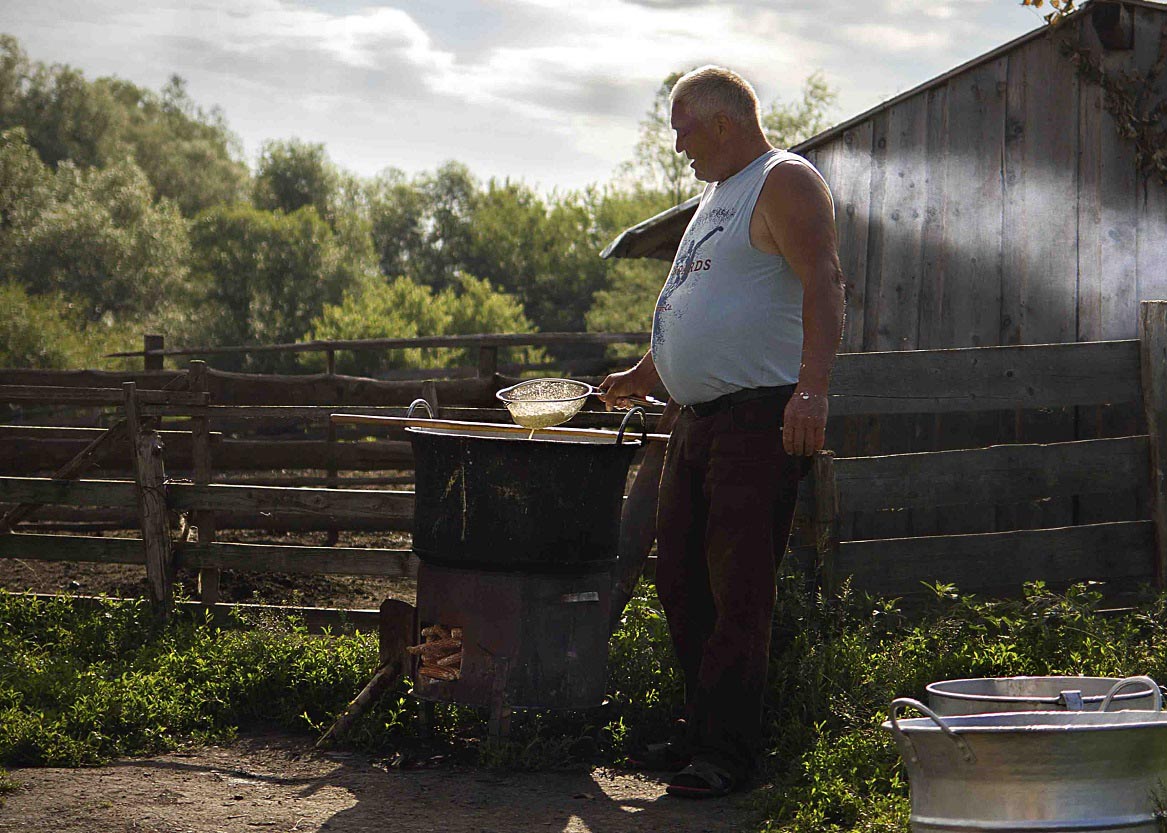
They follow a rough sleep cycle, which requires getting up at 5 am and going to bed earlier. The evening milk is stored overnight and cheese is made in the morning, after the morning milking.
Affiliate links Wood Burning Outdoor Fire Pit
Dairymen Milking Sheep By Hand
Milking is finished by 6.30 AM. The milk is strained to remove any hairs, straws, or bits of dirt which may have dropped in during milking. The process starts off with lighting a fire to bring the evening milk to a lukewarm temperature and mixing it with the morning milk, then it is as simple as adding three-four spoons of rennet and letting the enzymes do the work.
Romania’s Famous Jântiţă and Urda Cheese Recipes
After the curds are separated from the whey, the cheese is transferred onto a cheese drainer (hârzob) before it is hung to drain into a cheese strainer for 2 days. After 2 days, it is placed on a cheese stand, known as comarnic, where it rests one more day. It gets a nice yellow color as it dries.
But wait, there’s more. Delicious traditional cheese recipes will follow. The whey is boiled until small cheese lumps float on the surface. This is a kind of traditional sheepfold dessert known as jântiţă, and it is served with sugar.
They gather the cheese lumps with a strainer and let it drain in line with the rest of the cheese. This is known as urda, a light, sweet cheese. You probably heard of ricotta. It’s the same product, with different names.
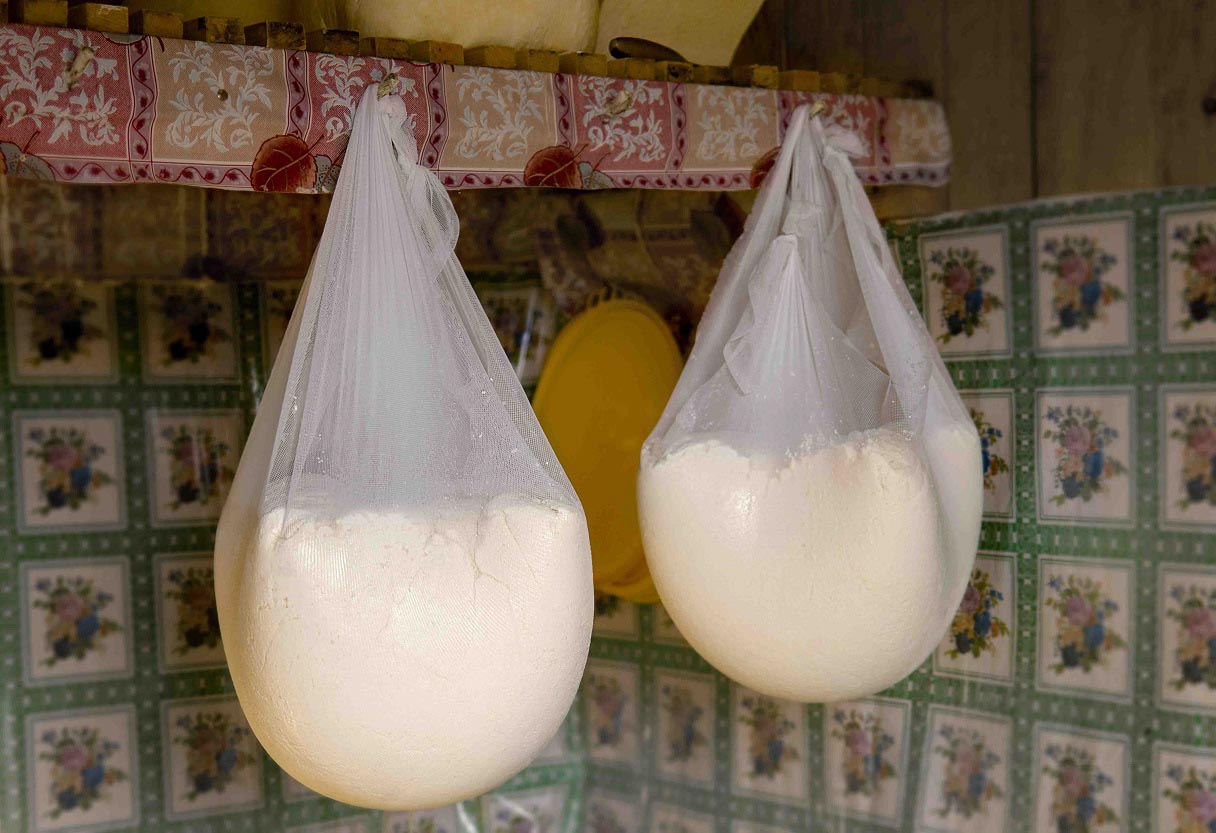
Affiliate links Ultra Fine Cheese Cloth Roll for Cooking Straining Unbleached Cotton
By 10 am, the fresh cheese is hung to drain and sheep are put out to pasture, until evening, when they are milked again. Evening milk production is higher than morning milk. Four hundred sheep produce about 150 l (39 gal) of milk, 30 kg (66 lbs) of cheese, and 5 kg (11 lbs) urdă per day. In winter they are fed corn stalks and hay. Starting in January, when babies are born, they receive alfalfa.


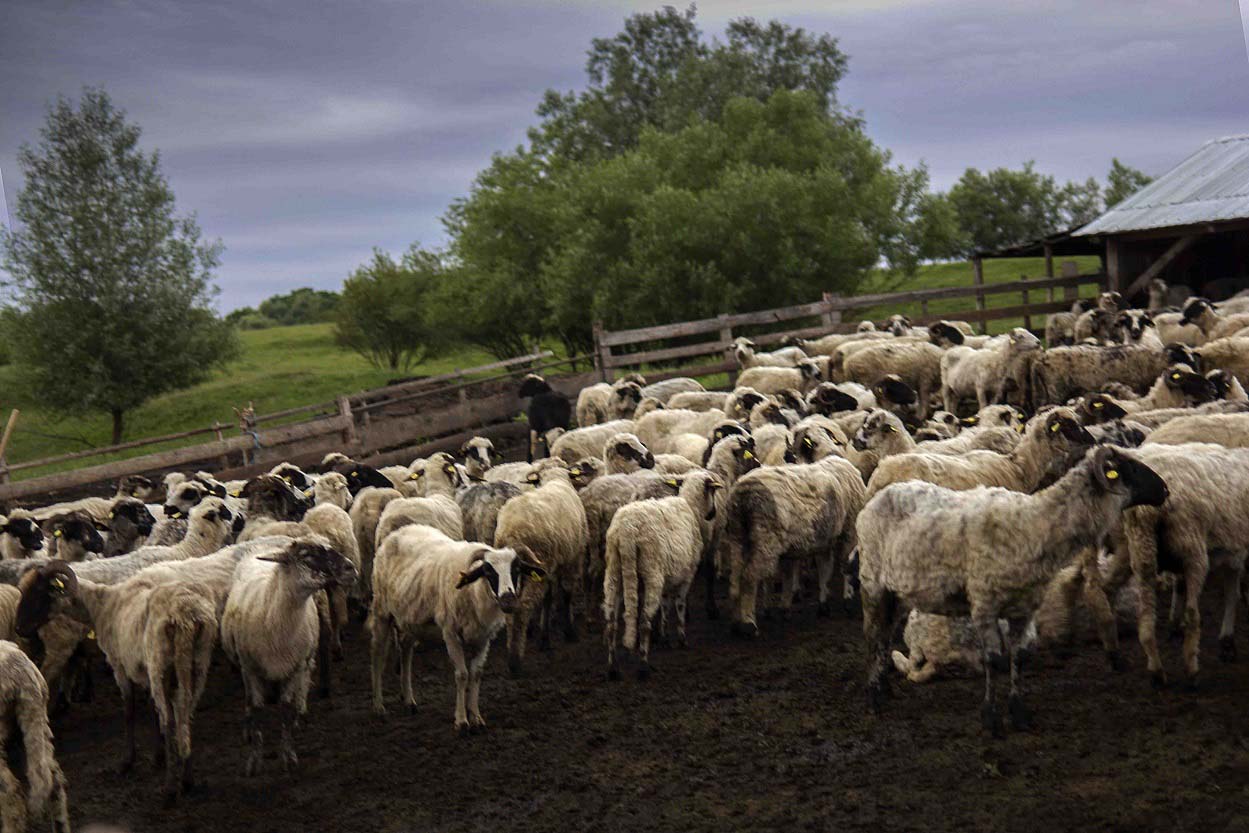


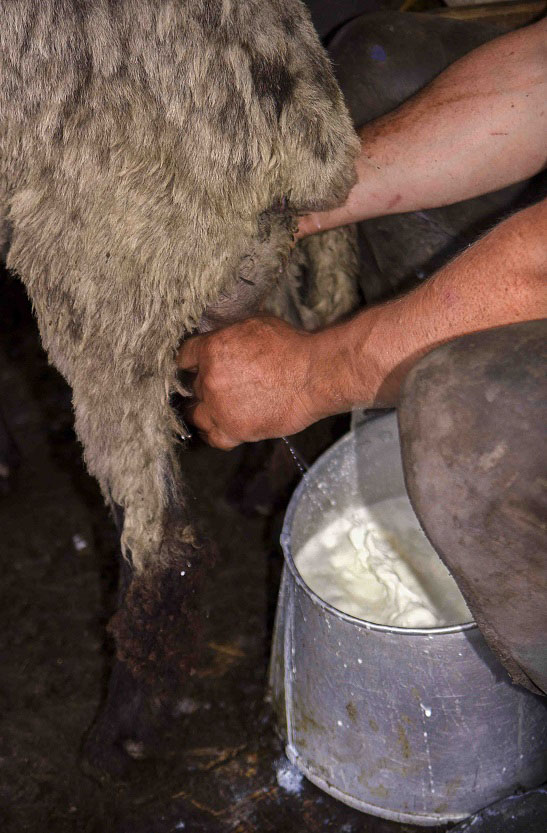
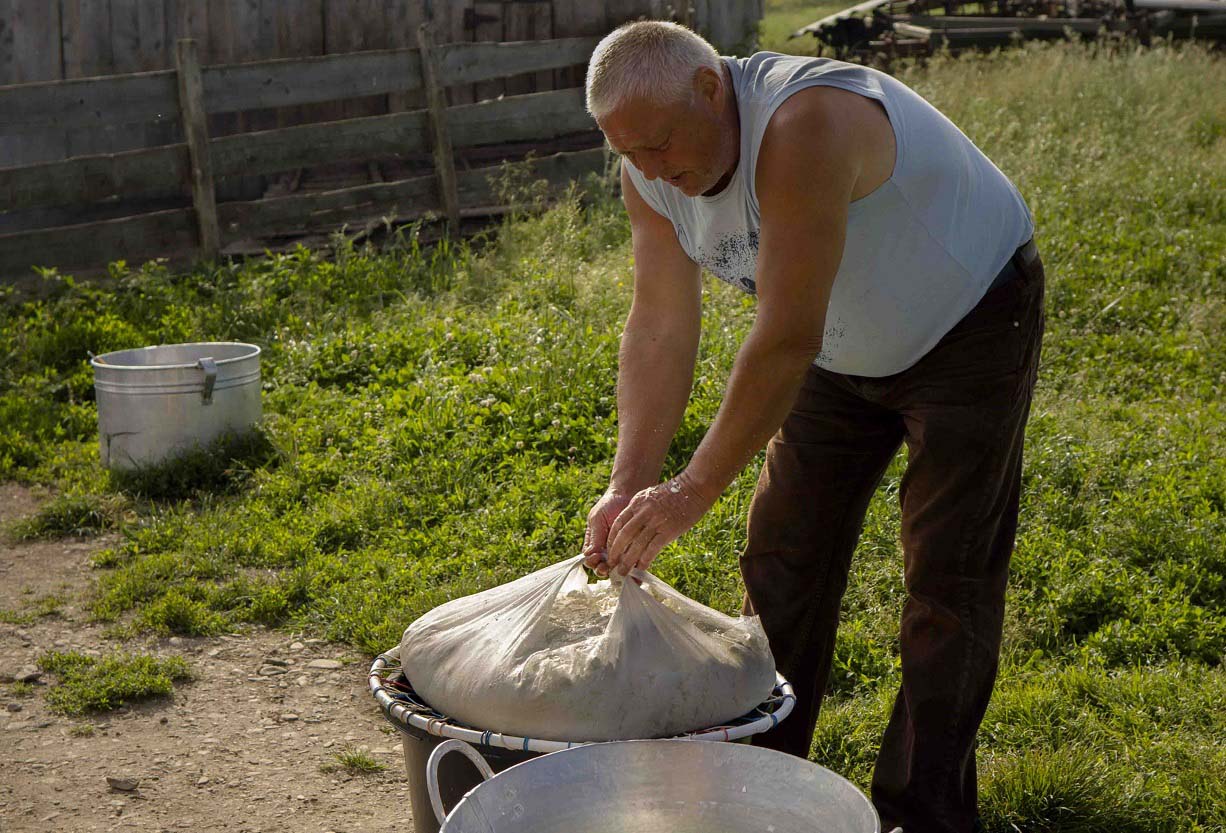
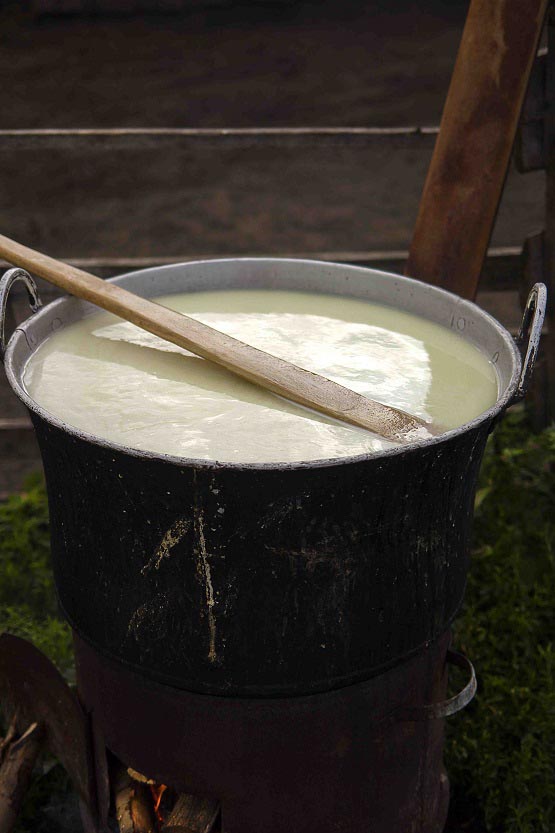


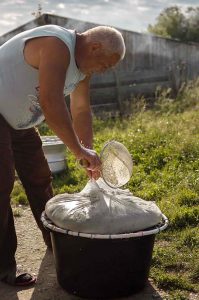
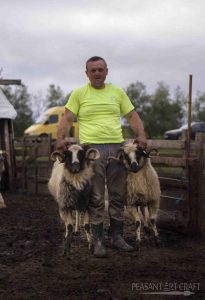
Contact George Coaja at 004 0744 986 921 (Romanian speaker)
Read Also 7 Attractions Worth Visited on Your Transylvania Trip
Similar Articles
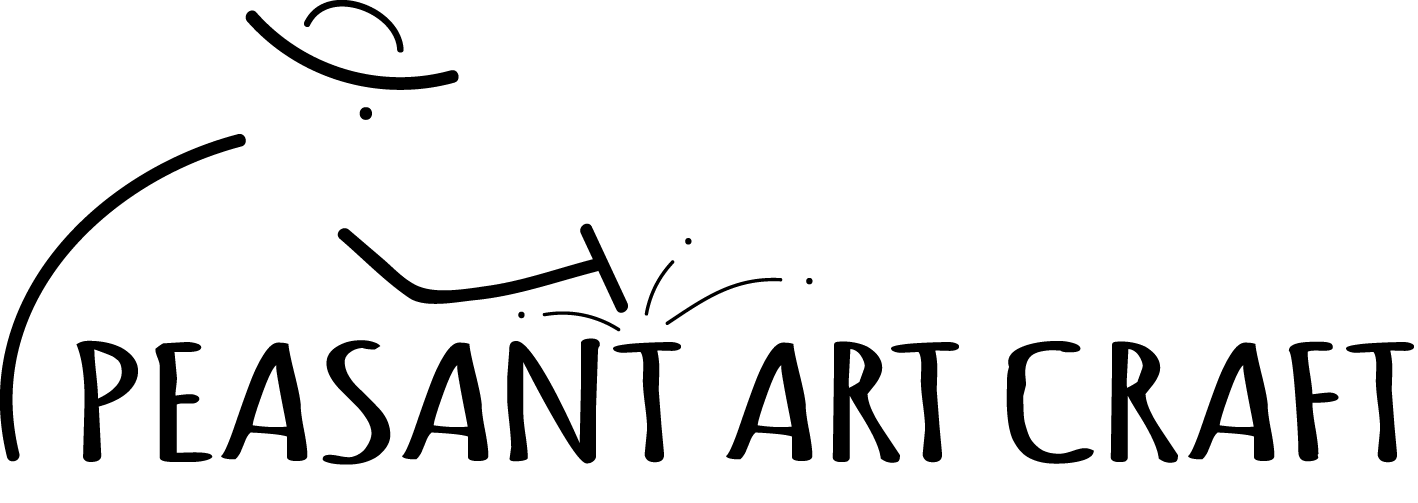
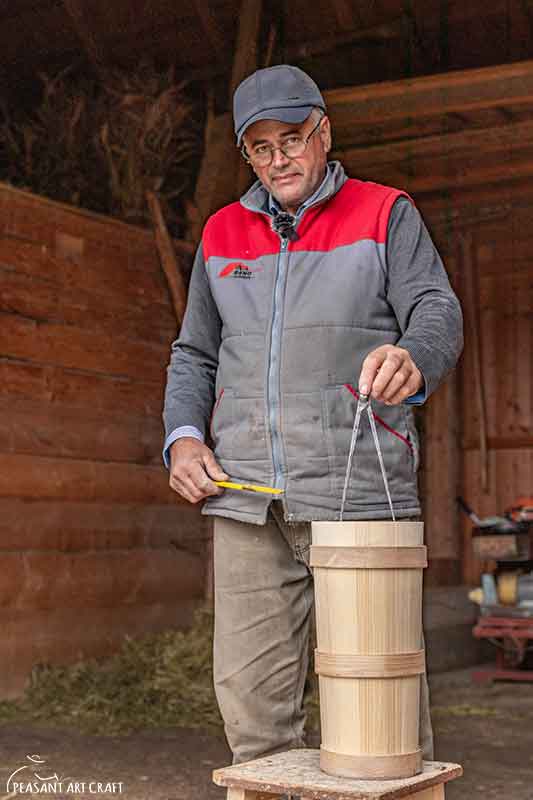
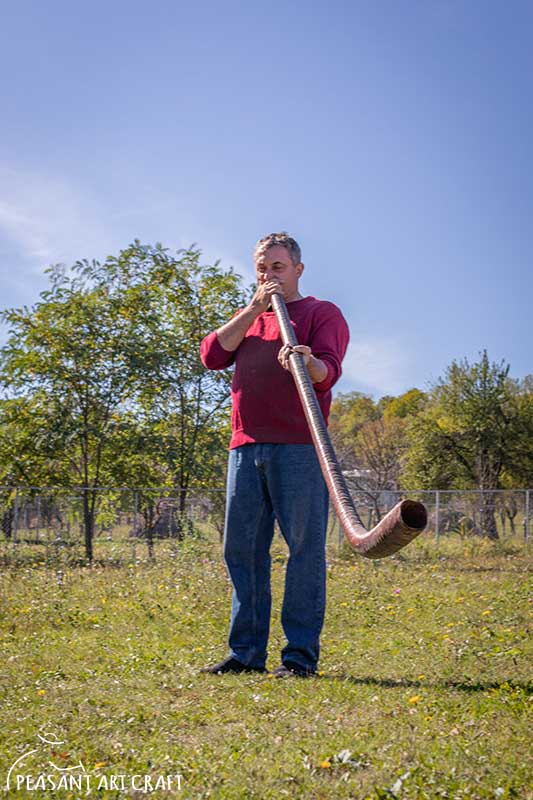
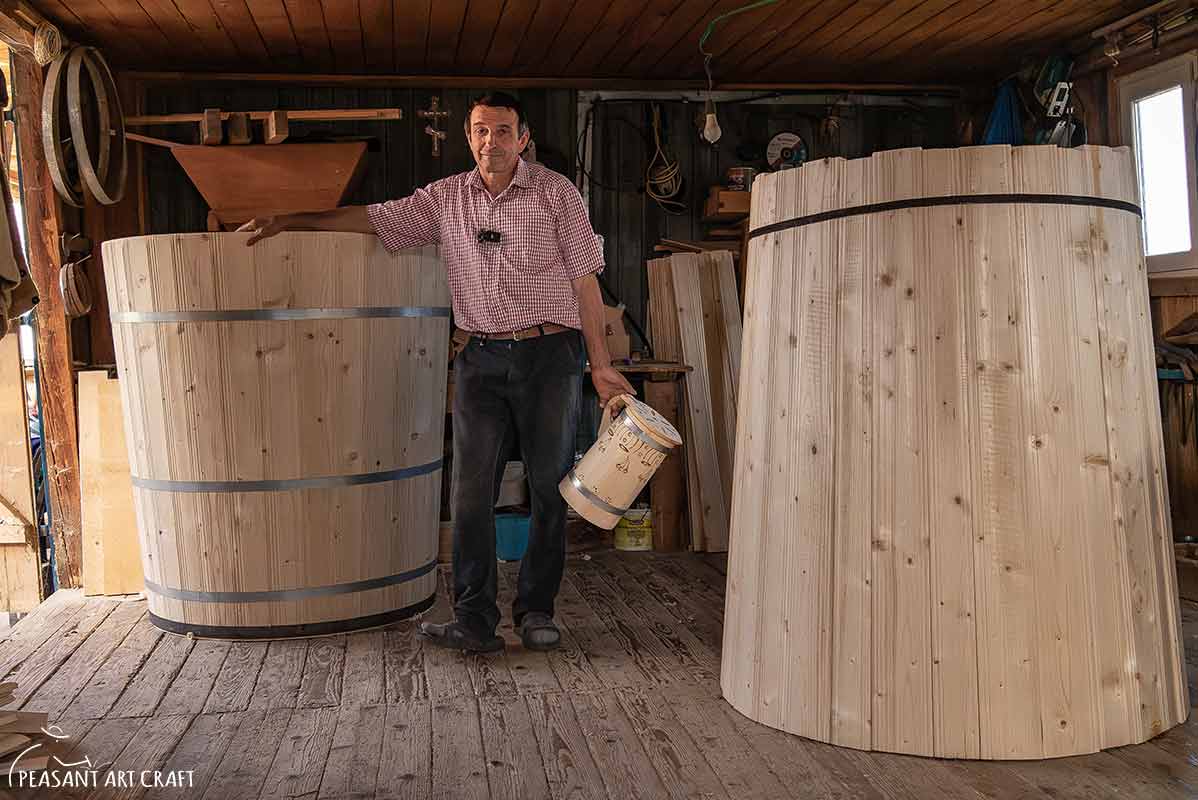


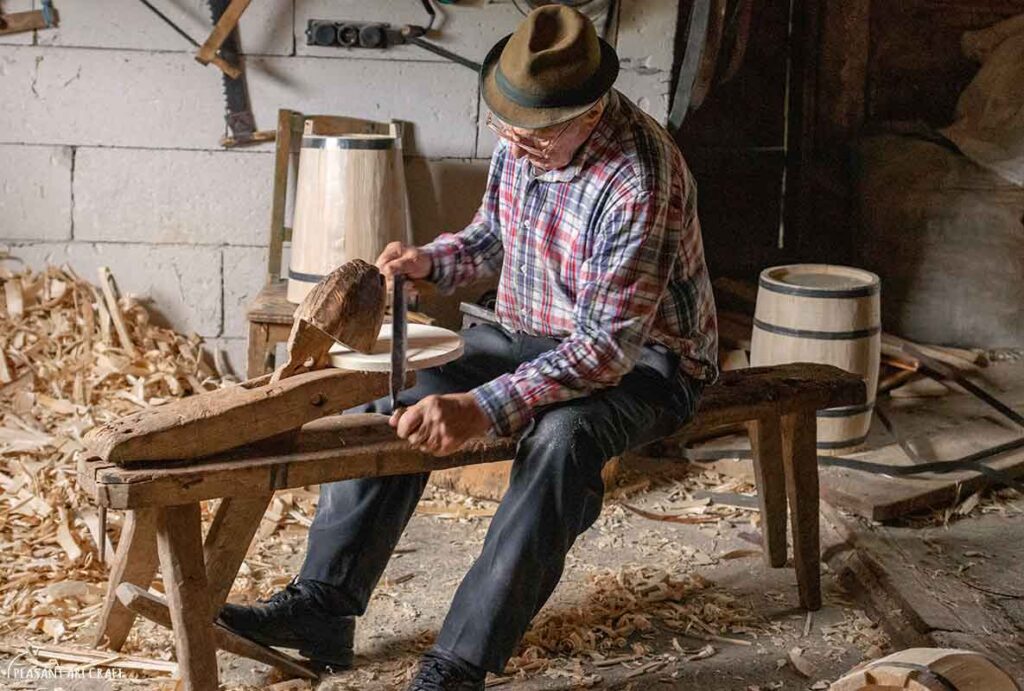


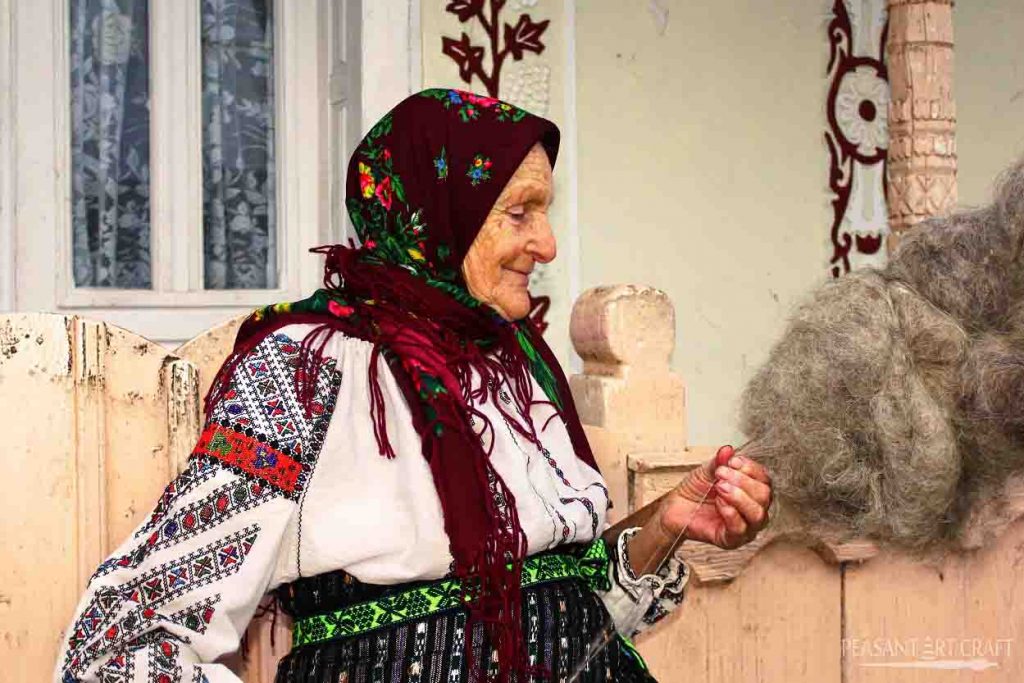



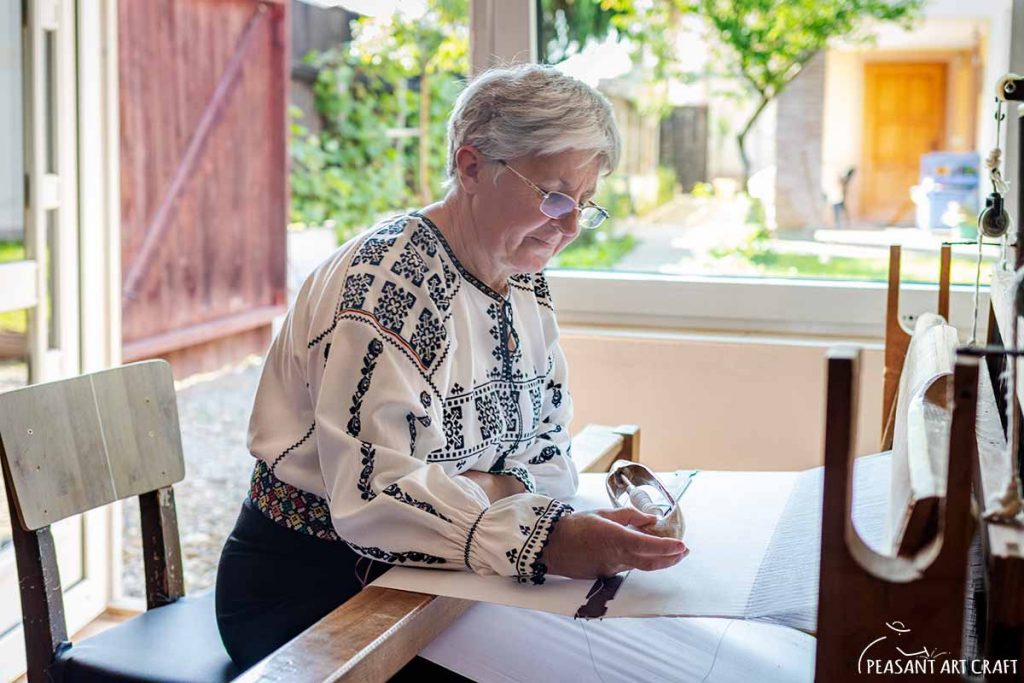
Blog Comments
Julie
October 25, 2018 at 2:46 pm
Hi. Just watched this on YouTube. Could you tell me what they are using for fuel when they are heating the milk please at the start of the process. Many thanks.
Bianca
October 25, 2018 at 7:14 pm
Sure. To light the fire, they are using dry corn cobs for starters. Thanks for watching! Gr. Bianca
Helen
May 4, 2020 at 5:31 pm
Thank you SO much for sharing your skills. I’m processing just over a gallon of our goats milk for cheese and instead of giving the whey to the pigs (as we usually do, I currently have a big pot of jântiţă boiling away…very keen to try this once I’ve added the sugar 😁
The pigs will still get the left overs but at least we now know how to make even MORE out of our goats!